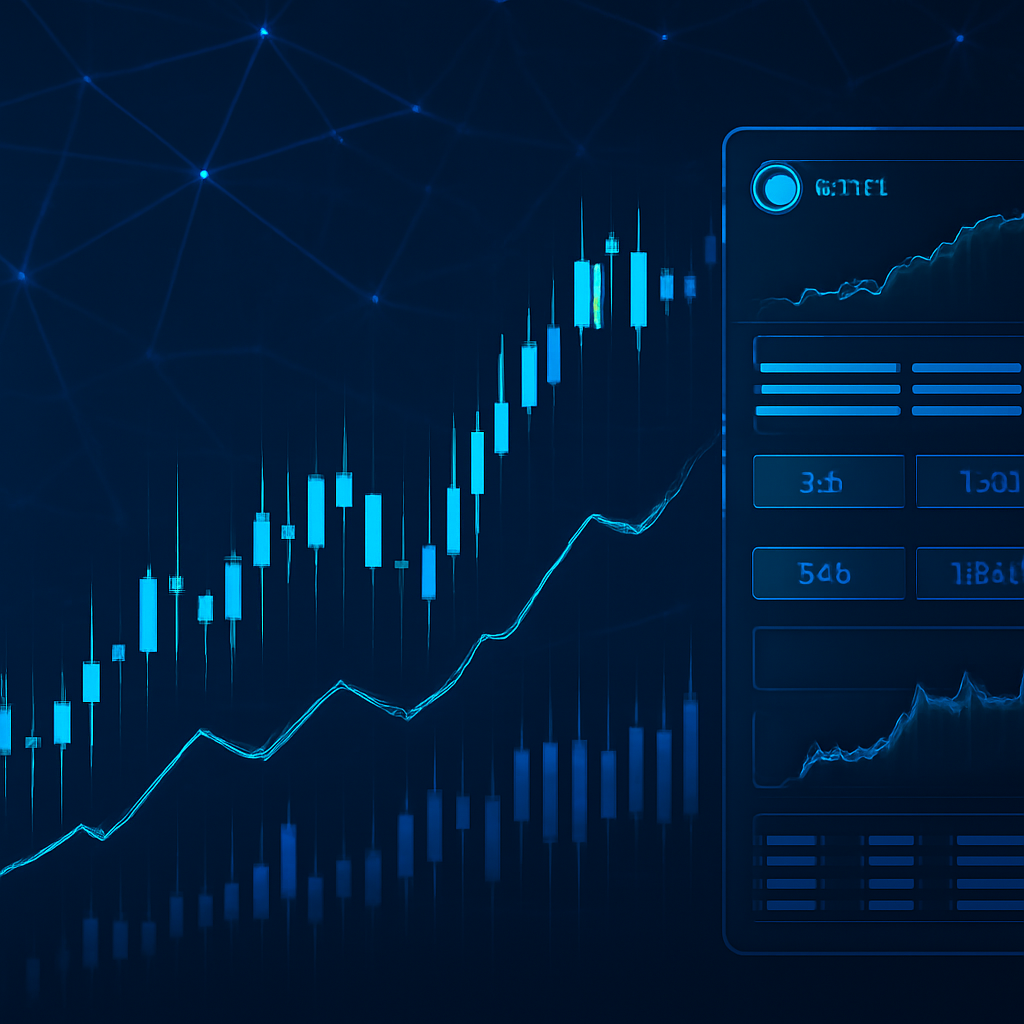The Hidden Fees in Crypto Trading and How to Minimize Them
Understanding the intricacies of trading fees is crucial in the current cryptocurrency landscape, as they can significantly impact net profitability. Trading fees can be categorized into several types, including exchange fees, market maker versus market taker fees, and variable costs associated with trading strategies. Exchange fees often encompass transaction fees, which are charged when executing trades, withdrawal fees for transferring assets off the exchange, and deposit fees for transferring funds onto the platform. In 2024, exchanges like Binance, Coinbase Pro, and Kraken have established competitive fee structures, with Binance at 0.1% for both maker and taker fees, Coinbase Pro charging 0.5% for takers and 0.2% for makers, and Kraken at 0.16% for makers and 0.26% for takers.

These fee structures can significantly impact trading profitability, especially for high-frequency traders and institutional investors who execute numerous transactions in rapid succession. For example, a high-frequency trader executing thousands of trades daily could see fees accumulate, eroding potential profits. Institutional investors, who often engage in larger trades, must also consider the cumulative effect of trading fees on their overall investment returns. Consequently, understanding and strategically navigating these fees is paramount for maximizing profitability in an increasingly competitive market.
Another critical aspect affecting trading costs is slippage and spread. Slippage refers to the difference between the expected price of a trade and the actual price executed, while the spread is the difference between the bid and ask prices of an asset. As of Q1 2024, the average spread for Bitcoin on major exchanges is approximately 0.2%. During periods of heightened volatility, such as notable price surges—like Bitcoin's recent ascent to $50,000—slippage rates can increase dramatically. For instance, during such market movements, traders may experience slippage rates as high as 1-2%, particularly on less liquid exchanges or during rapid sell-offs.

To mitigate slippage, traders can employ various strategies. Utilizing limit orders instead of market orders allows traders to specify the price at which they wish to buy or sell, thus reducing the risk of slippage. Additionally, analyzing market depth—evaluating the volume of buy and sell orders at various price levels—can provide insights into potential price movements and help traders execute orders more strategically, minimizing the impact of slippage on their trading costs.
Liquidity is another vital factor influencing trading fees. The average daily trading volumes across major exchanges reveal significant disparities: Binance leads with approximately $2 billion, followed by Coinbase at $500 million and Kraken at $300 million. Higher liquidity typically results in tighter spreads and lower trading fees, as more competitive environments tend to drive costs down. Conversely, exchanges with lower liquidity often impose higher trading fees due to the increased risk and inefficiency associated with making larger trades. Institutional investors must therefore prioritize trading venues based on liquidity profiles to optimize their cost structures.

Moreover, institutional liquidity providers play a crucial role in minimizing trading costs. By leveraging liquidity pools, these providers can facilitate large trades without significantly impacting the market price, thus reducing fees associated with slippage and spread. Given the scale of their operations, institutional investors must identify and partner with exchanges that provide sufficient liquidity to accommodate their trading strategies, ensuring that fees do not erode their investment returns.
Market sentiment is a powerful force that can influence trading costs. Currently, the Fear & Greed Index stands at 75, reflecting a sentiment of greed in the market. This bullish sentiment often correlates with increased trading activity, which can lead to higher trading fees as demand outstrips supply. Analyzing sentiment trends can provide traders with actionable insights into potential fee spikes. For instance, if sentiment indicators signal extreme optimism, traders may anticipate increased trading volumes and subsequent fee escalations.

During recent periods of heightened enthusiasm, such as the Bitcoin rally earlier this year, fee structures have seen spikes due to the influx of retail and institutional investors entering the market. To capitalize on favorable market sentiment while minimizing exposure to rising fees, traders can adopt strategies such as preemptively executing trades before anticipated shifts in sentiment or utilizing advanced trading algorithms that can optimize execution timing and cost.
Looking ahead, the cryptocurrency landscape is poised for shifts in fee structures influenced by regulatory changes and the growing prevalence of decentralized exchanges (DEXs). Regulatory frameworks like the Markets in Crypto-Assets (MiCA) regulations in Europe could impact trading fees by imposing new compliance costs on centralized exchanges, which may be passed on to users. Conversely, DEXs, which typically operate with lower overhead costs, may offer more competitive fee structures, although they come with their own set of challenges, such as liquidity constraints and potential security risks.

As the industry evolves, innovative trading strategies are emerging that aim to minimize fees. Algorithmic trading, for instance, leverages sophisticated mathematical models to optimize trade execution, reducing costs associated with slippage and market impact. Additionally, the use of dark pools and over-the-counter (OTC) trading can lower transaction costs for institutional investors by enabling large trades to be executed away from public exchanges, thus minimizing fees and market disruption.
In conclusion, as cryptocurrency trading continues to grow in sophistication, understanding the nuances of trading fees, slippage, market liquidity, and sentiment will be essential for institutional investors and professional traders. By employing strategic approaches to navigate these factors, investors can optimize their trading strategies, minimize costs, and ultimately enhance their profitability in this dynamic market.
